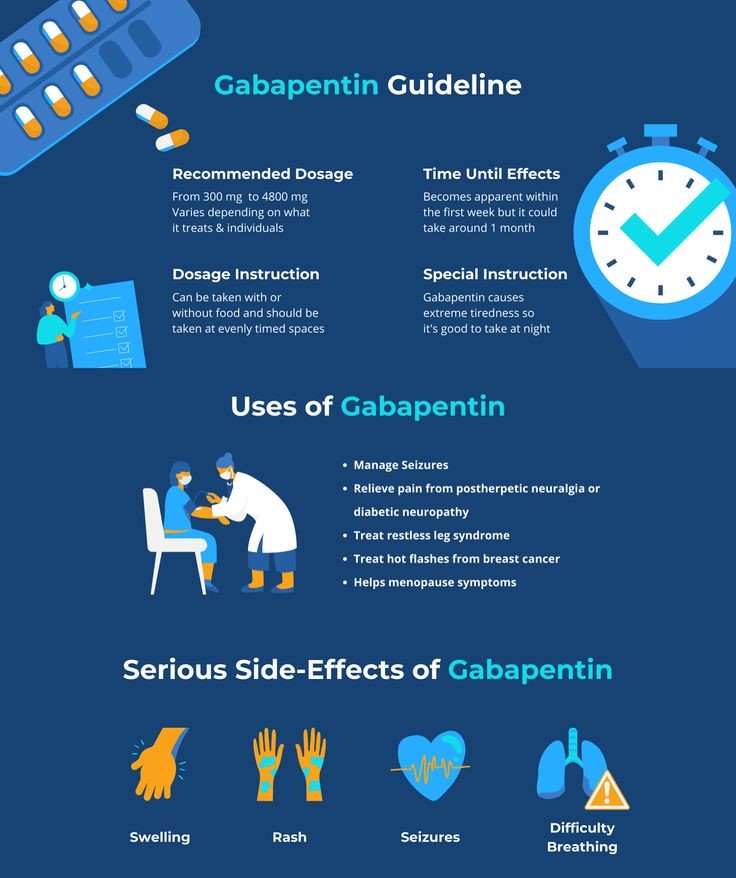What Is Gabapentin 300mg Used For?
Gabapentin 300mg is a widely used prescription medicine. It treats nerve pain, seizures, and certain anxiety disorders. This capsule is available in many countries and helps millions of people with chronic nerve issues.
Understanding the Active Ingredient
Gabapentin is the main ingredient in this medicine. It is part of a group called anticonvulsants. These medicines calm the nerve signals in the brain. Gabapentin helps manage different health problems linked to nerve pain and seizures. Doctors often recommend it for long-term treatment.
Gabapentin for Nerve Pain
Gabapentin 300mg is often used for nerve-related pain. This pain may happen after infections, injuries, or health conditions like diabetes. It helps calm irritated nerves. Common types of nerve pain include:
- Postherpetic Neuralgia: Pain after shingles
- Diabetic Neuropathy: Nerve damage from high blood sugar
- Sciatica: Pain along the sciatic nerve
- Fibromyalgia: Widespread muscle and nerve pain
Gabapentin reduces this type of pain by blocking extra nerve signals that cause burning, stabbing, or tingling feelings.
Gabapentin for Seizure Control
Gabapentin 300mg helps control seizures in people with epilepsy. It works by balancing nerve signals in the brain. This makes seizures less likely to occur. Gabapentin is usually part of a combination therapy. It works well with other antiepileptic medicines. People with partial seizures benefit the most.
Gabapentin for Anxiety
Gabapentin also helps with certain anxiety conditions. It calms overactive brain activity and reduces stress signals. Doctors may prescribe it for:
- Social anxiety disorder
- Generalized anxiety disorder
- Panic symptoms in some people
Gabapentin does not work like benzodiazepines. It has a milder effect but supports long-term anxiety management.
Other Off-Label Uses
Doctors may use Gabapentin 300mg for many off-label conditions. These include:
- Restless legs syndrome (RLS)
- Migraine prevention
- Menopausal hot flashes
- Alcohol withdrawal symptoms
- Chronic pain disorders
Off-label means the medicine helps in conditions not listed in official guidelines. Doctors use clinical experience and research to support these uses.
Gabapentin 300mg Dosage Details
Gabapentin 300mg capsules are taken by mouth. Dosage depends on the condition, age, and health status of the patient. Common dosage examples:
- Nerve pain: One capsule, two to three times daily
- Seizures: Usually starts with 300mg and increases gradually
- Anxiety: May begin at 300mg once daily and be adjusted as needed
Gabapentin works best when taken at the same time every day. The dose should not be stopped suddenly. A tapering plan is needed to avoid withdrawal symptoms.
How Gabapentin Works
Gabapentin works by changing how the brain handles signals from nerves. It attaches to calcium channels in the nervous system. This slows down extra nerve signals. It does not affect natural brain chemicals like dopamine or serotonin. This unique method helps reduce pain and prevent seizures without major brain sedation.
How to Take Gabapentin 300mg
Take the capsule with water. It can be taken with or without food. Swallow it whole. Do not crush or chew. Follow the exact timing and dosage set by your doctor.
Missed a dose? Take it as soon as you remember. Skip it if it’s almost time for the next dose. Do not take two capsules at once.
Common Side Effects
Gabapentin 300mg may cause mild side effects at the beginning. These effects usually go away in a few days. Common ones include:
- Dizziness
- Sleepiness
- Tiredness
- Nausea
- Dry mouth
Not everyone experiences side effects. Drinking enough water and resting can help.
Serious Side Effects (Rare)
Some people may experience stronger effects. These require medical help:
- Mood changes
- Swelling in the hands or feet
- Breathing difficulty
- Skin rash or itching
- Suicidal thoughts
Always report serious symptoms to a doctor. Do not stop the medicine on your own.
Who Should Not Take Gabapentin
Gabapentin 300mg is not for everyone. People with certain health issues need extra care.
- Kidney problems
- Breathing disorders
- Mental health issues
- Pregnant or breastfeeding women
Children and older adults may need a lower dose. Doctors decide the best plan for each patient.
Gabapentin 300mg and Drug Interactions
Gabapentin may interact with other medicines. This can increase side effects or reduce effectiveness. Avoid combining it with:
- Alcohol
- Antacids (take them 2 hours apart)
- Morphine
- Sleep aids
- Anti-anxiety drugs
Always tell your doctor about all other medications you take.
Storage and Safety Tips
Store Gabapentin 300mg in a dry place away from sunlight and heat. Do not use expired capsules. Keep it out of the reach of children and pets.
Do not share your medicine with others. Follow your doctor’s advice strictly.
Gabapentin vs. Other Pain Medicines
Gabapentin is not the same as opioids or common painkillers. It targets the nerve source of pain. This means it works better for long-term conditions. It has fewer addiction risks. It may take a few weeks to show full results. Patience is needed during treatment.
Gabapentin and Sleep Problems
Some people take Gabapentin for sleep issues. It helps by calming nerve signals. People with restless legs syndrome or chronic pain often sleep better. It may cause drowsiness, which helps some patients fall asleep faster.
Conclusion
Gabapentin 300mg is a helpful medicine for many conditions linked to nerves. It reduces pain, prevents seizures, and eases anxiety. Gabapentin works slowly but surely. Always follow the correct dose and talk to a doctor if symptoms continue. It is not a cure, but can improve daily life for many people with long-term nerve problems.








